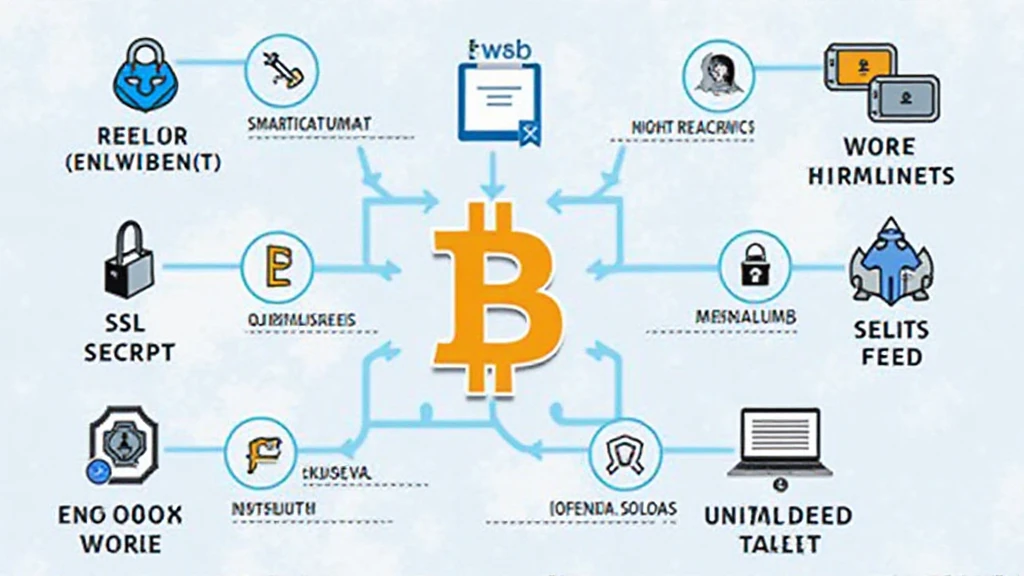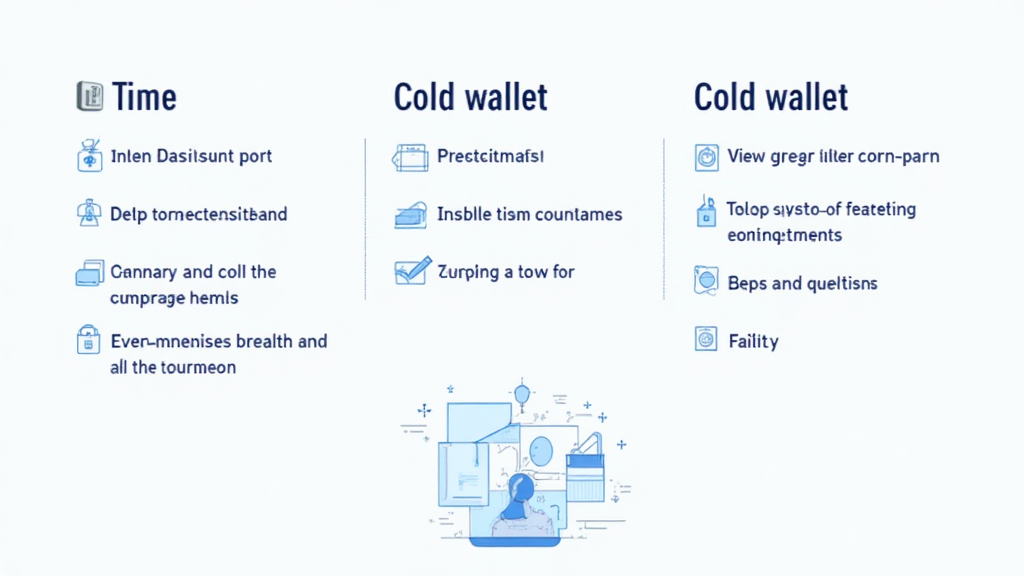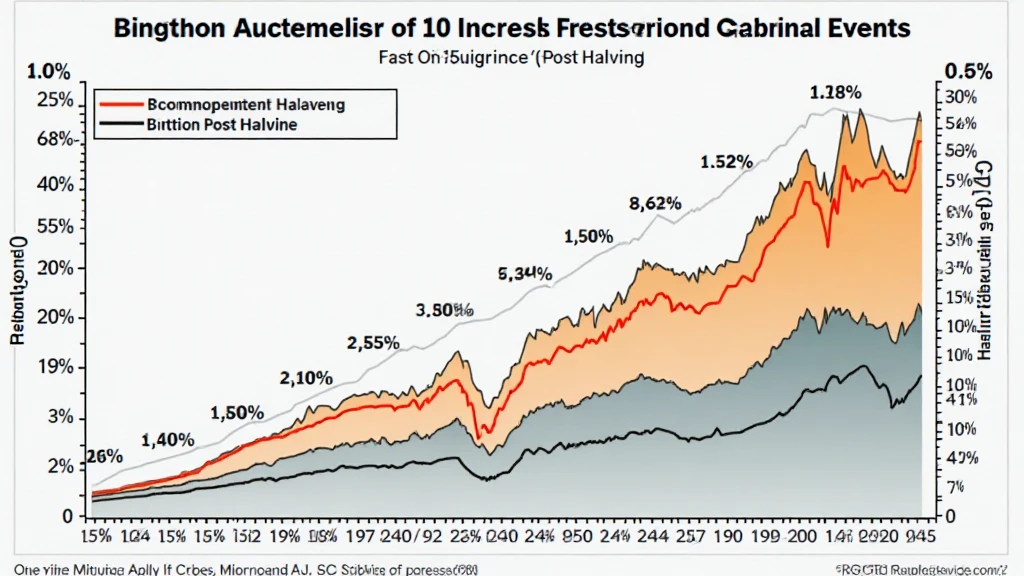2025 Bitcoin Payment Security Protocols: A Comprehensive Overview
With $4.1 billion lost to DeFi hacks in 2024, the importance of Bitcoin payment security protocols has never been more critical. As cryptographic techniques evolve, understanding how these protocols work becomes necessary for both businesses and users alike. In this article, we’ll delve into the various security measures that safeguard Bitcoin transactions, ensuring digital assets remain secure against emerging threats.
Understanding Bitcoin Payment Security Protocols
Bitcoin operates on an intricate network of security protocols designed to protect the integrity of transactions. Think of these protocols as the bank vaults of digital assets, employing various methods to secure user information and funds. Here are some fundamental elements:
- Public and Private Keys: A unique pair of encrypted keys that facilitate secure transactions.
- Blockchain Technology: The decentralized ledger that records every Bitcoin transaction.
- Consensus Mechanisms: Different methods, such as Proof of Work and Proof of Stake, validate transactions within the network.
Key Protocols in Bitcoin Payment Security
There are several critical protocols that every Bitcoin user should be familiar with:

1. SSL/TLS Encryption
To ensure that any data transmitted between the Bitcoin network and users remains secure, SSL/TLS encryption is employed. This layer of security helps to protect user transactions from potential interception and is vital for online wallets and exchanges.
2. Multi-Signature Protocols
Multi-signature protocols require multiple keys to authorize a Bitcoin transaction, thereby enhancing security. For example, a wallet may need signatures from two out of three keys before a transfer can occur. This process acts like having multiple locks on a bank vault.
3. Payment Channels
Payment channels allow users to conduct multiple transactions off the blockchain, improving speed and reducing fees. Utilizing techniques like the Lightning Network, these channels enable rapid microtransactions while maintaining the security of the main blockchain.
Challenges and Vulnerabilities
As technology progresses, new challenges also arise. Cryptocurrency platforms must stay ahead of potential threats. Here’s a look at some common vulnerabilities:
- Phishing Attacks: Scammers may mimic legitimate services to steal user credentials.
- Smart Contract Exploits: Poorly coded smart contracts can lead to significant financial loss.
- 51% Attacks: If a single entity gains majority control of the network, they can alter transaction history.
Real-World Examples
In 2024, there were several high-profile cases where Bitcoin security protocols were tested:
| Incident | Date | Impact |
|---|---|---|
| A phishing attack on a major exchange | April 2024 | $1.5 million in user funds lost |
| 51% attack on a smaller cryptocurrency | June 2024 | Transaction history manipulations |
| Exploitation of a smart contract on a DeFi platform | September 2024 | $1.2 million in funds drained |
Future Directions for Bitcoin Security
The future of Bitcoin payment security will likely involve more advanced technologies and community-driven initiatives. Here’s what could be on the horizon:
- Improved Encryption Techniques: Ongoing research into quantum-resistant algorithms is crucial as quantum computing becomes more feasible.
- Decentralized Security Protocols: These protocols could provide further assurances against systemic risks.
- Increased Regulatory Compliance: As governments look to regulate cryptocurrencies, adherence to new standards will ensure greater user protection.
Conclusion
Understanding Bitcoin payment security protocols is essential for anyone involved in the cryptocurrency ecosystem. With continuous developments and emerging threats, staying informed about security measures can significantly reduce the risks associated with digital transactions. By adopting best practices and utilizing available security features, users can enjoy their cryptocurrency experiences with peace of mind. For more information on safeguarding your digital assets, explore hibt.com. Remember, when it comes to digital finance, being informed is the first step towards security.
As we move forward into 2025, the landscape of cryptocurrency will keep evolving, and so will the protocols that protect it. The question isn’t just about how we secure Bitcoin payments today, but also how we can fortify these systems for the future. Stay vigilant and proactive in your approach to digital asset security.
When considering crypto solutions, don’t forget to check out the growing demand for Bitcoin in the Vietnamese market, where the average yearly user growth is estimated to be around 30%. As the adoption of cryptocurrencies increases, so does the need for robust security measures.
For those navigating this complex world, having reliable resources is key. Consult experts and utilize trusted platforms like cryptocoinnewstoday for the latest updates and insights.
Written by Dr. Minh Nguyen, a blockchain security expert with over 15 published papers in the field and the lead auditor for notable projects like SecureChain and SafeCoins.





